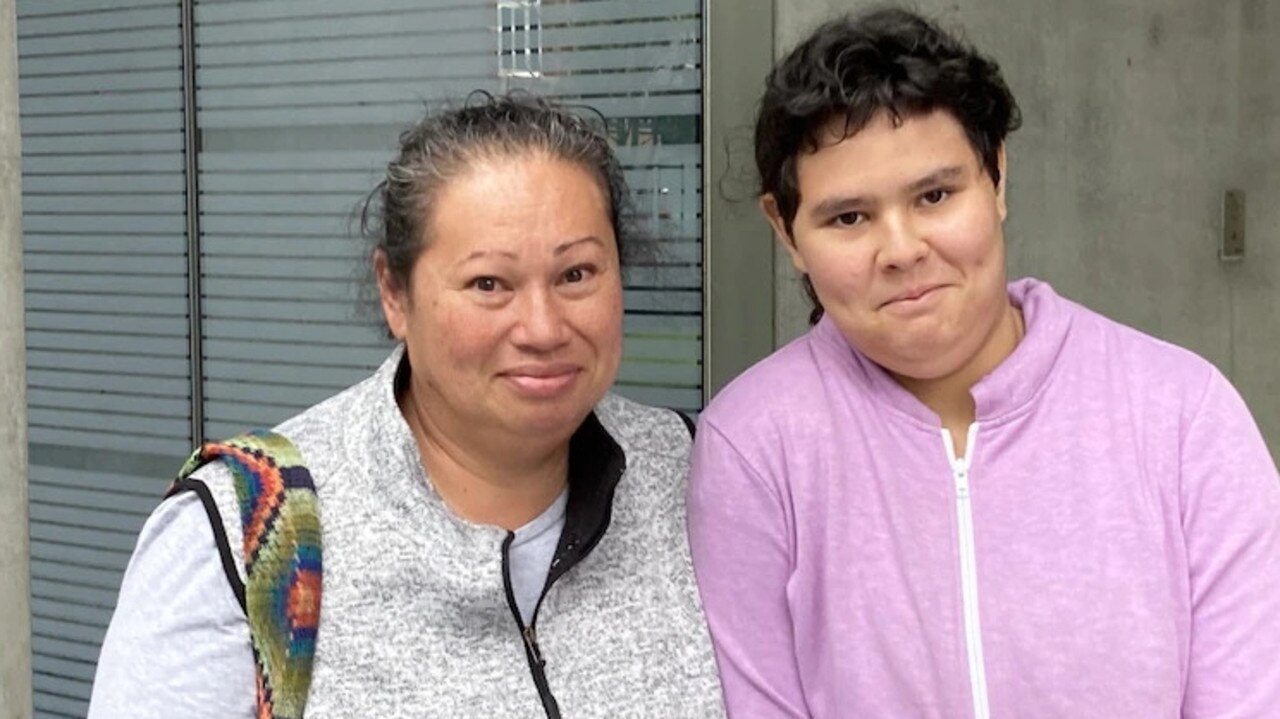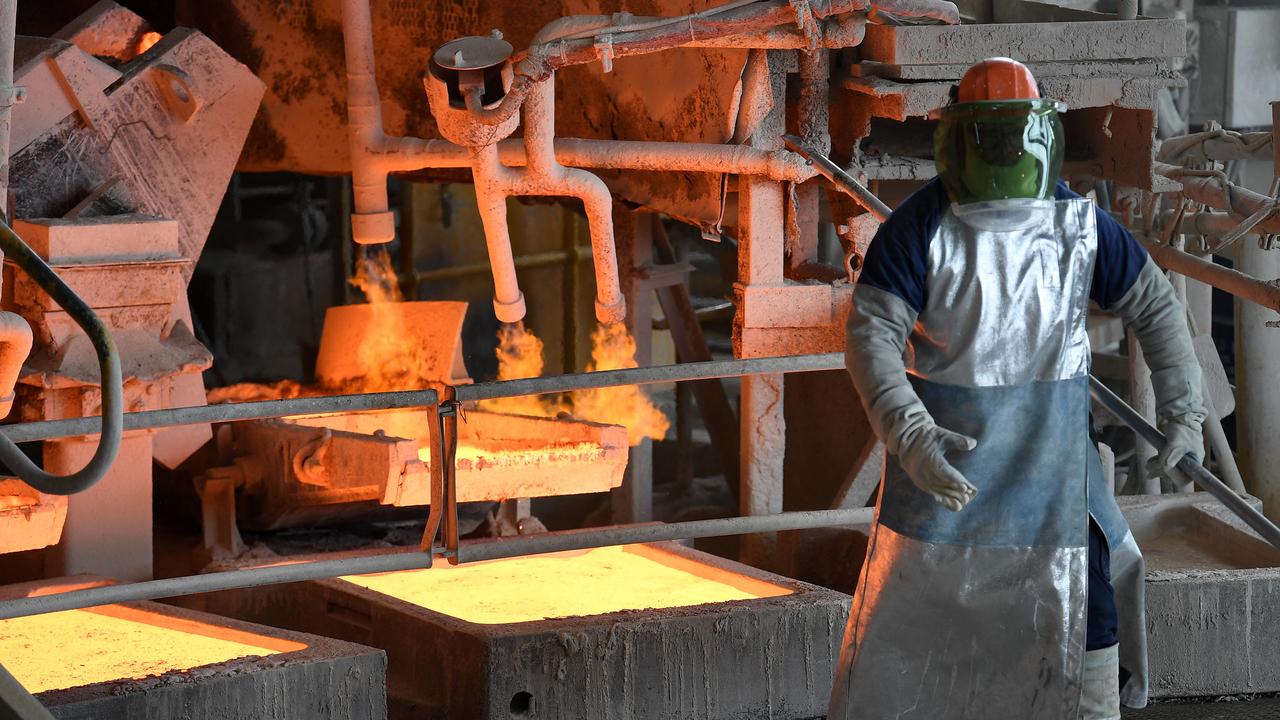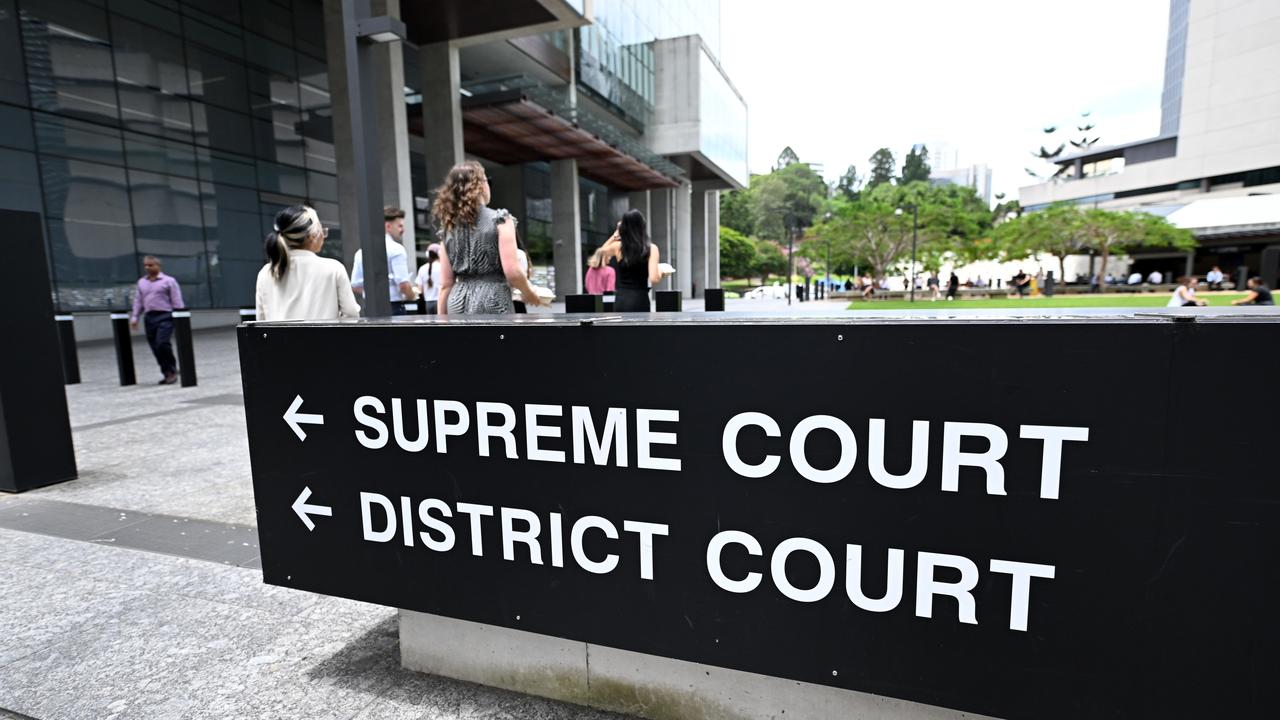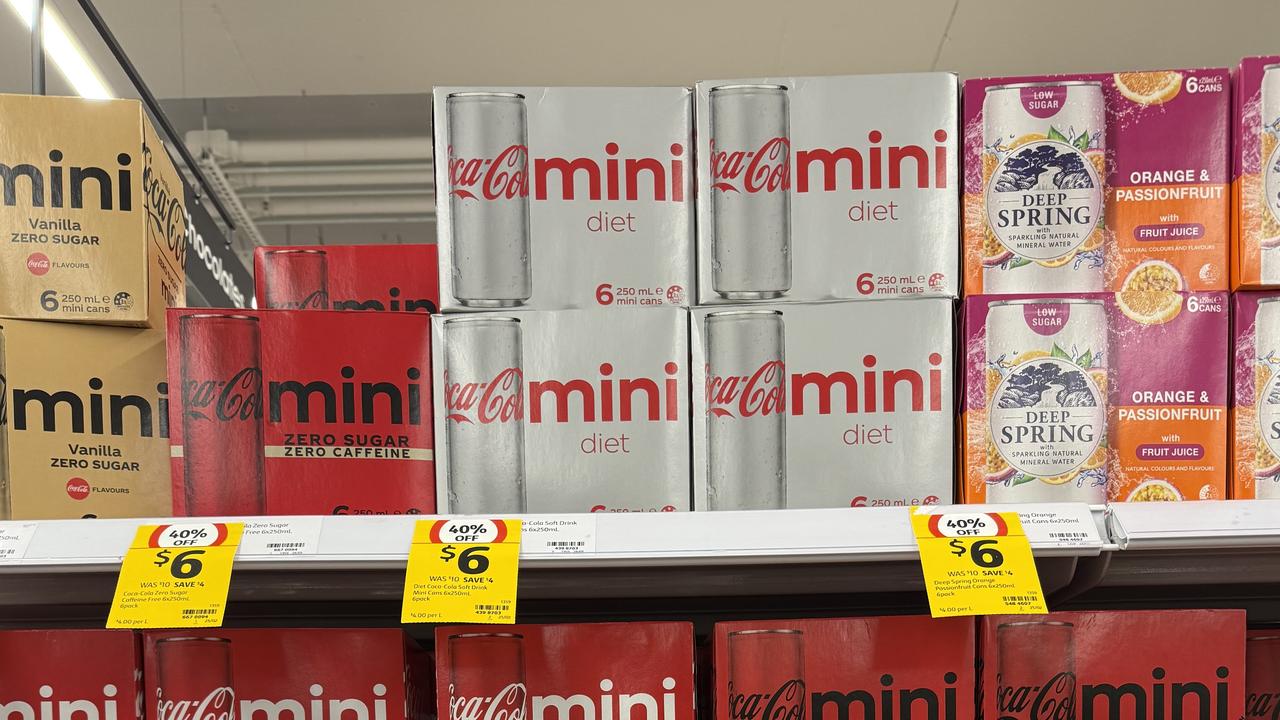Teen loses $5m lawsuit against Mount Isa mine over alleged lead poisoning
A teenager with brain damage who sued a global mining giant for $5m, claiming it was to blame, has failed in her damages suit.

A teenager with brain damage has lost her bid to sue a global mining company for $5m after claiming it was negligent for not warning her family about possible lead exposure she experienced as a baby.
Bethany Sanders, now 17, had claimed the brain damage she suffered as a baby was due to lead poisoning in the Queensland mining town of Mount Isa.
Her family had moved to the remote town and lived within three kilometres of the mining and smelting operations from mid 2007 to January 2008.

In a decision handed down on August 25, Supreme Court Justice Frances Williams ruled that Ms Saunders, who was represented by her guardian Jim Seeto, had failed to prove her injuries were caused by Mount Isa Mines Limited (MIM), now owned by Swiss-owned giant Glencore.
The damages claim was heard in Brisbane Supreme Court last year.
Bethany’s parents, Michael Sanders and Sharnelle Seeto, claimed to have been unaware of any risk lead exposure could have on children during the first six months of living in the northern Queensland town.
The trial was told that Mr Saunders was alerted to a newspaper advertisement in about September 2007, according to the judge’s decision.
Prior to this, Ms Seeto claimed she hadn’t been made aware of any of the posters, pop-up booths or signs about risk of lead to children that were on display around the mining town.

The judgment found that Ms Seeto had also contended that she hadn’t received any letters or was not invited to any local meetings about the dangers of lead absorption for children.
She had given evidence that she was aware Bethany had “regularly ate dirt and she took no particular steps to stop the plaintiff from doing so”, according to the judgment.
Bethany was later diagnosed with iron deficiency anaemia, which can cause pica, a disorder in which people eat things that are not food.
When the family became aware of the newspaper advertisement, Ms Seeto took her daughter to a testing centre to check her blood levels.
Her blood lead level was found to be high and Ms Seeto immediately took steps to decrease her daughter’s exposure to lead, including limiting her time outside and stopping her eating dirt.
When Bethany was tested again three months later, her blood lead levels were higher still.
Ms Seeto decided to move her children away from Mount Isa back to Brisbane, where her blood lead levels reduced.

The damages claim alleged Bethany developed neurological damage that resulted from lead poisoning from the mine emissions.
Justice Williams found there had been emissions of lead from the mining operations dating back to 1990, but it was mitigated by prevailing wind direction away from Mount Isa and controls on the smelting operations.
Justice Williams stated the emissions from the mine did not make any material contribution to Bethany’s elevated blood lead levels while in Mount Isa.
The mining company had also followed state obligations to warn people about potential sources of lead in the community at the time.
Justice Williams also concluded it was more probable than not that Bethany’s mother was exposed to promotional material for the lead-testing campaign Get Bled for Lead displayed in the regional town at the time.
More Coverage
Her father, who did not give evidence during the trial, was also likely aware of lead exposure issues, especially to children, the judgment stated.
Justice Williams also found that Bethany’s iron deficiency anaemia was severe enough to lead to significant cognitive impairment.
The matter will be mentioned again on September 8 before Justice Williams makes a final order.






